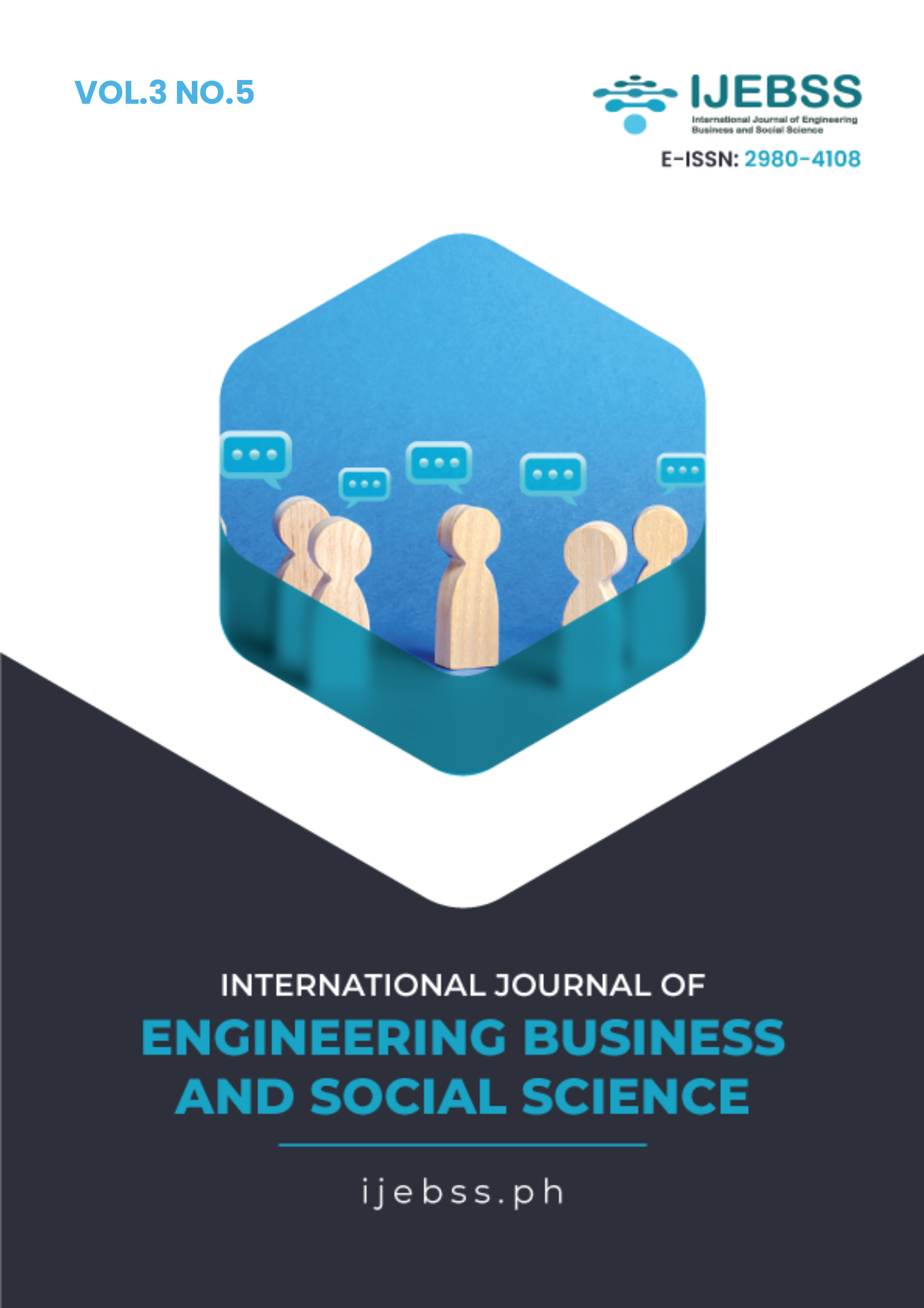Improvement of Clay Shale Soil Characteristics Using Asphalt Emulsion and Artificial Lightweight Aggregate Perlite
Keywords:
Clay Shale, Soil Stabilization, Asphalt Emulsion, Artificial Light Weight Aggregate Perlite, TriaxialAbstract
The present study investigates the effect of stabilizing clay shale soil using asphalt emulsion stabilizing material and artificial lightweight aggregate perlite. Clay shale soil is characterized by its low strength when exposed to the elements, particularly air and water. Clay shale soil is characterized by its low strength, high plasticity, and poor durability, which poses significant challenges in geotechnical engineering and road pavement applications. The objective of this study is to evaluate the optimum moisture content, maximum dry bulk density, Atterberg limits, and internal friction angle in the soil. The study systematically varies the curing time of the stabilized soil, with samples collected at 0 days, 3 days, 7 days, and 14 days. The findings indicate that the incorporation of asphalt emulsion and artificial lightweight aggregate leads to a reduction in plasticity and an augmentation in the internal friction angle. The most significant enhancement was observed in variation 1, which underwent a 14-day curing period. The internal friction angle prior to stabilization was 13,8°, and it increased to 21,8°.
Published
Issue
Section
Copyright (c) 2025 Victor Firstkiel Feber Naess, Syahril S, Indra Noer Hamdhan, Khansa Nuansa Oktofani, Kevin Hutama Syahputra

This work is licensed under a Creative Commons Attribution-ShareAlike 4.0 International License.
Authors who publish with this journal agree to the following terms:
- Authors retain copyright and grant the journal right of first publication with the work simultaneously licensed under a Creative Commons Attribution-ShareAlike 4.0 International. that allows others to share the work with an acknowledgment of the work's authorship and initial publication in this journal.
- Authors are able to enter into separate, additional contractual arrangements for the non-exclusive distribution of the journal's published version of the work (e.g., post it to an institutional repository or publish it in a book), with an acknowledgment of its initial publication in this journal.
- Authors are permitted and encouraged to post their work online (e.g., in institutional repositories or on their website) prior to and during the submission process, as it can lead to productive exchanges, as well as earlier and greater citation of published work.


